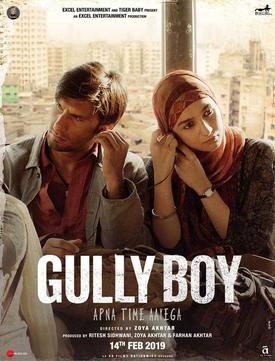Since Episode 7, a month back, we have had some significant progress in the qualifications for Tokyo 2020 with Quota places earned in Shooting, Wrestling and Athletics. This Episode got delayed by a week to incorporate results from the 2019 World Athletics Championships.
Quotas Earned
Shooting – 2 more Quotas arrived through the Shooting World Cup taking the count to 9.
Sanjeev Rajput earned India’s first Quota in the Men’s 50m Air Rifle 3 Positions. This is the 4th Olympics in a row in which he has earned a Quota place, although for Rio 2016, his Quota place was reallocated. Hope this is not the case this time around.
Yashashwini Deswal earned India’s 2nd Quota in the Women’s 10m Air Pistol event.
Given the current Quota configuration India should have representation in the Mixed Pairs Rifle & Pistol events. However, there is some confusion over the number of teams a NOC can field in the Mixed events. Would be a tragedy if only a single team from each NOC is allowed! Currently India can send 2 pairs in both rifle and pistol events and in the last World Cup, all 4 pairs won medals!
The Asian Shooting Championships in November provides more opportunities for booking Olympics Quotas, especially for the Shotgun events, where India is yet to open its account.
Wrestling – 4 Quotas
Vinesh Phogat (Womens 53 KG Freestyle), Ravi Kumar (Mens 57 KG Freestyle), Bajrang Punia (Mens 65 KG Freestyle) and Deepak Punia (Mens 86 KG Freestyle) have earned quotas through the World Wrestling Championships.
Deepak got a Silver while the other 3 earned a Bronze each. Overall, it was a creditable show for India with Rahul Aware also winning a Bronze in 61 KG Freestyle (which is not included in the Olympics).
For the wrestlers, the Asian Qualification Tournament in March, 2020 provides the next opportunity to book Olympic berths in the remaining 15 categories.
Athletics – 2 Quotas (Total 3 Now)
The 4x400 Mixed Relay team reached the Finals in the World Athletics Championships in Doha thus qualifying for the Olympics.
Avinash Sable broke the National Record in 3000m Steeplechase twice in 3 days to beat the Olympics timing cut-off after reaching the Final.
Special mention - Annu Rani became the first Indian women to qualify for the Javelin Throw finals with a National Record throw. However, it was still short of the Olympics cut-off.
Other Sports
Boxing
In the Men’s Boxing World Championships, Amit Panghal became the first Indian male boxer to reach the finals where he got a Silver medal, while Manish Kaushik earned a Bronze. Given the shenanigans of AIBA, unfortunately no Quotas could be earned through the World Championships. The Olympics qualification tournaments begin early next year.
The women’s tournament is currently underway. However, like their male counterparts, they will not be able to qualify for Olympic spots.
Weightlifting World Championships
Mirabai Chanu finished 4th with her personal best. And given that there two Chinese ahead of her (and an NOC can have only participant in an event), the medal prospects seems good.
Volleyball – Indian men have qualified for the Asian Volleyball Qualifiers after finishing 8th in the 2019 Asian Volleyball Championships.
Hockey – The men’s team have been drawn to face Russia while the Women will face United States in a 2-match series to determine the Qualifiers for Tokyo.
Swimming – Virdhawal Khade has achieved the B qualifying mark but has yet to achieve the A Qualifying mark and hence not included in the Qualifiers count yet.
Total Count – Sports - 4, Events – 17, Entries -23, Participants – 22.


